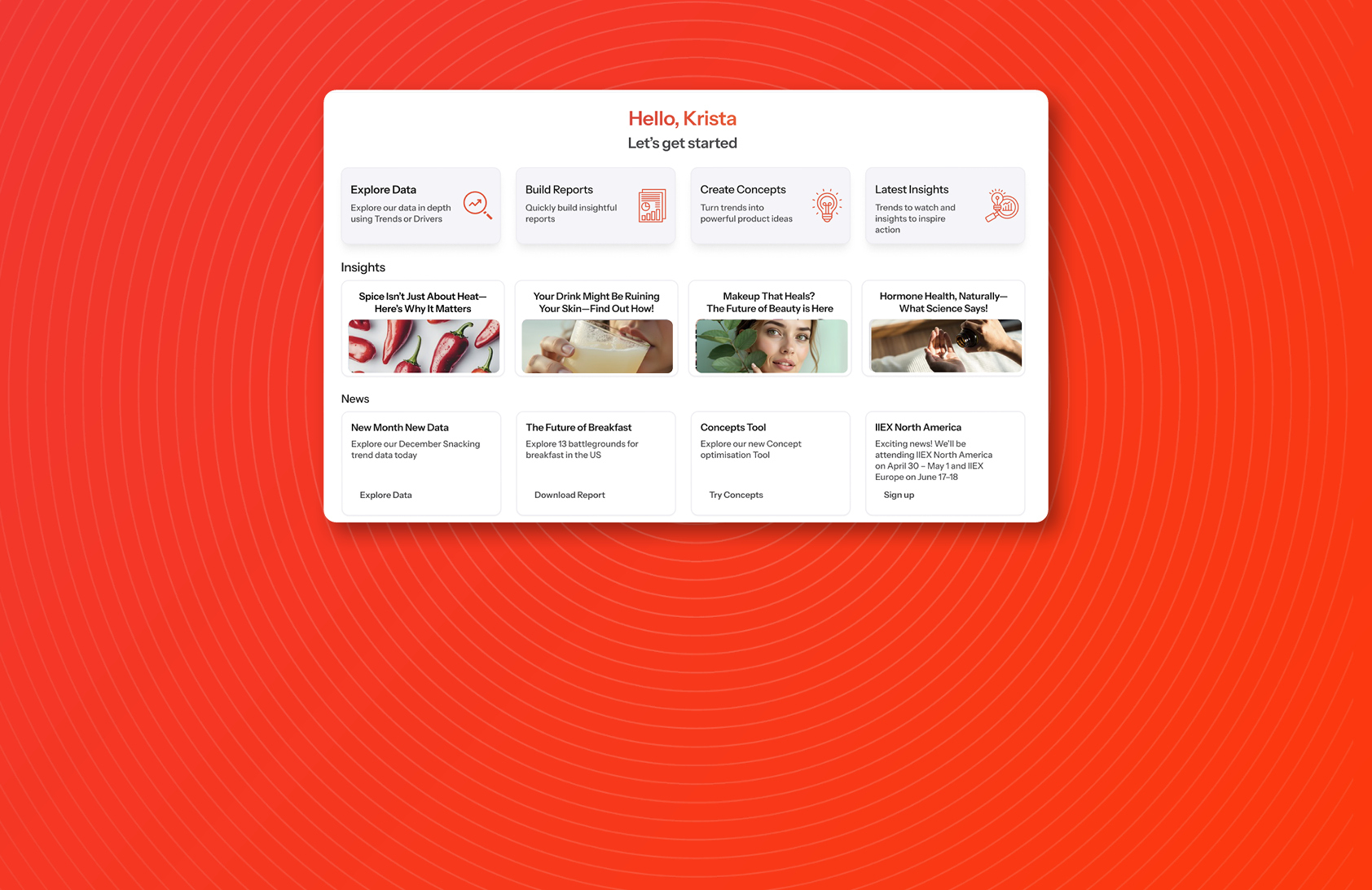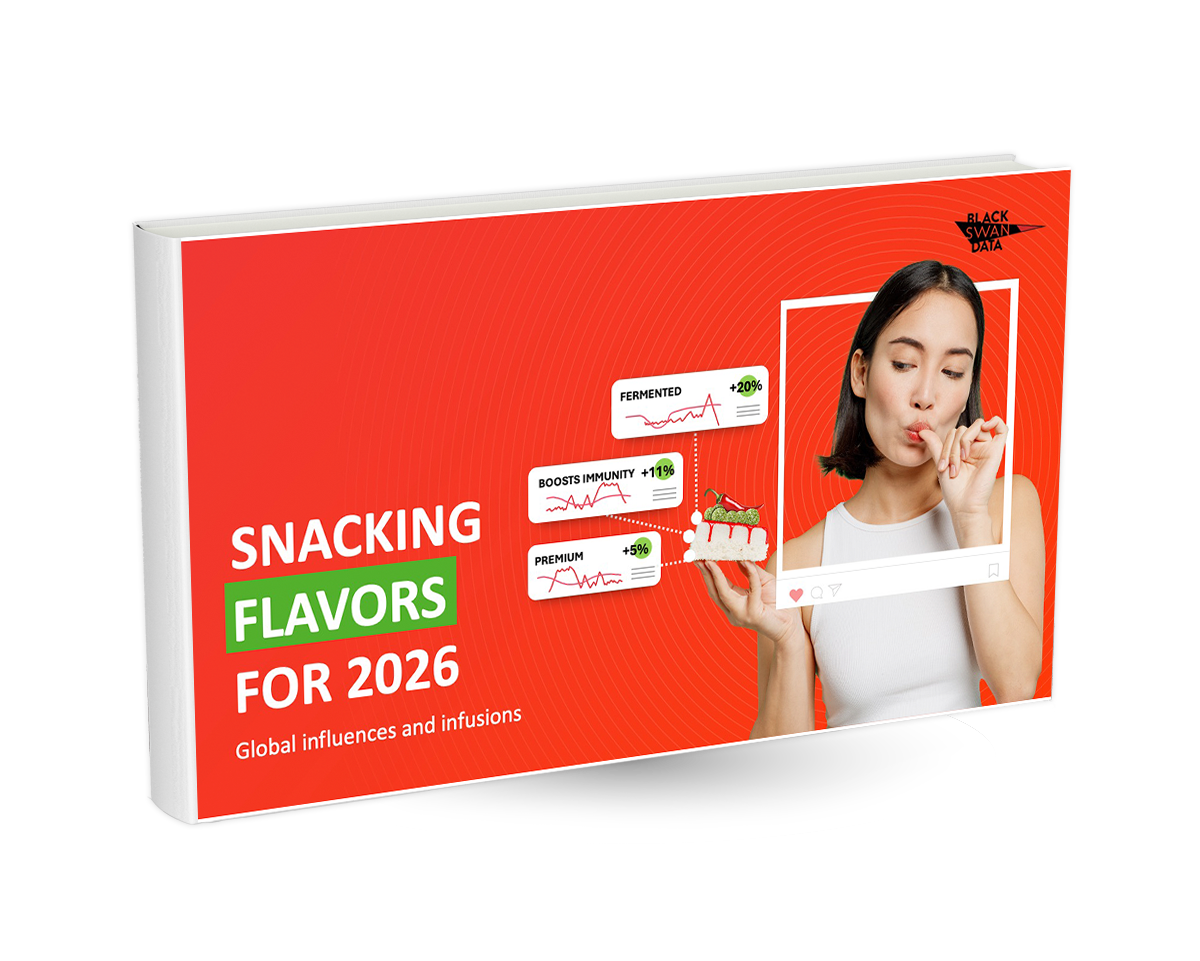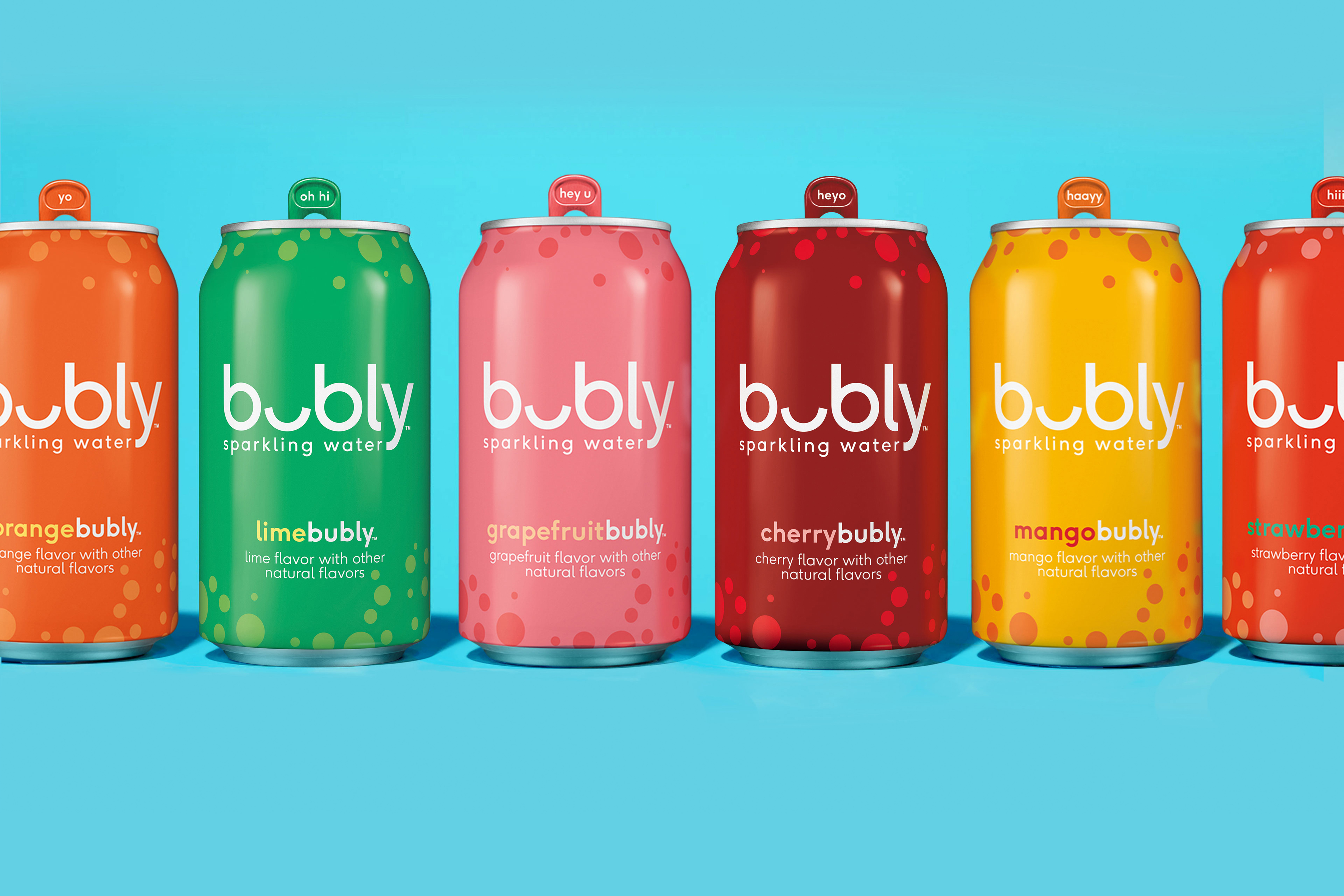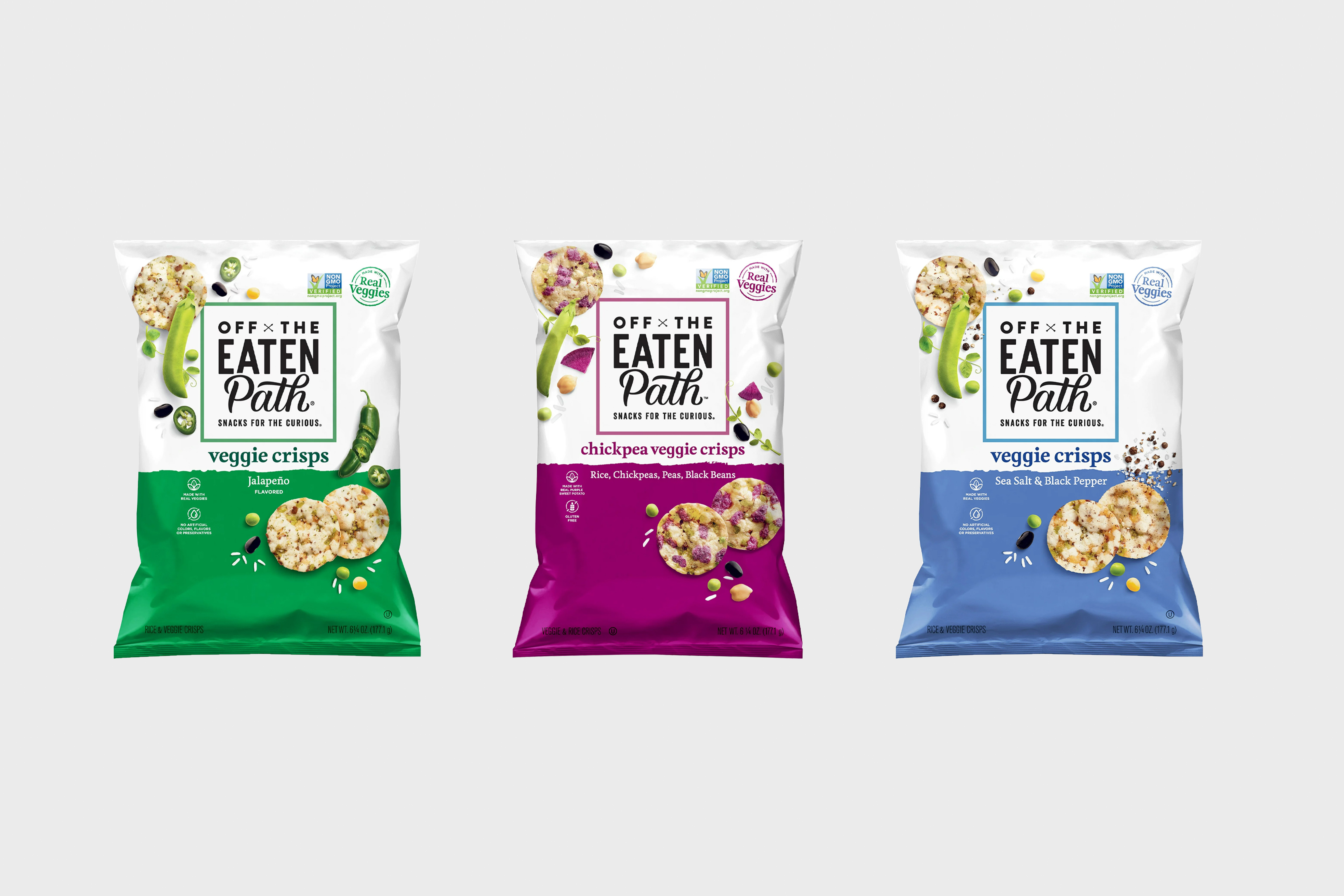The change in perception of Anti-Inflammatory
Traditionally we’d tend to think of anti-inflammatory as a type of medication, like aspirin or ibuprofen, for alleviation of physical ailments like sports injuries. As we’re seeing with so many other health-related trends, the conversation around anti-inflammatories is now significantly broadening - not only in application but category expansion too.
A demonstration of this is the health-conscious consumer increasingly turning to diets proclaimed to be high in anti-inflammatories – essentially eating more fruits, vegetables, lean protein, nuts, seeds and healthy fats and moving away from overly processed, unbalanced diets. Suggested benefits range from boosting energy and fitness levels to having glowing skin or reducing and alleviating inflammatory illnesses.
This step change in conversation has been highlighted in our datasets, putting ant-inflammatory as a trend with one of the highest growth potentials in the snacking category in the UK. It ranks as 4 out of 194* themes, born out of 2.9k conversations resulting in a 15% YoY growth. This theme is clearly one to tap into.
Why is the conversation around anti-inflammatory growing?
As well as looking at where the theme ranks within our datasets, we dive deeper into what’s driving this trend and why it’s on the rise:
1. Health conscious consumers
We’re seeing a shift with consumers increasingly making the link between what they consume and its associated health benefits. While the health-enhancing role of specific foods - or "functional foods" - is not a new concept, the interest rate in functional foods is growing rapidly.
As we become more educated on illness and interested in elongating life expectancy with a healthier body and mind, our attention has turned from just taste to the tangible benefits our food can provide.
As part of this, themes are becoming more and more specific, with anti-inflammation a leading example.
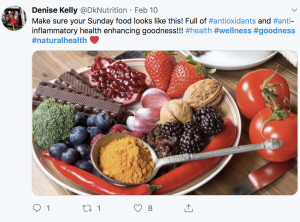 2. Trending ingredients
2. Trending ingredients
Alongside the growth of the over-arching anti-inflammatory benefit is the rise of specific ingredients with strong anti-inflammatory functionalities. These are wide-ranging from fruits like berries, roots and spices such as turmeric and cinnamon to oily fish like mackerel.
Turmeric is a great example of a huge anti-inflammatory ingredient trend that hit the mainstream a few years ago and soon found its way in everything from coffees to cocktails. Among it’s many claimed benefits, turmeric includes a substance called curcumin which is said to both prevent and reduce joint inflammation contributing to the mega-trend that was turmeric.
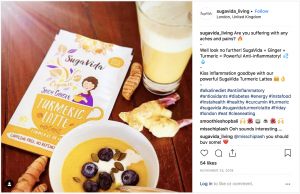 3. Rise of herbal supplements
3. Rise of herbal supplements
- In the East, food and medicine are often treated as one and the same thing. In Korea, this is based on Taoist philosophy, which sees health as a state of balance. Food choice is key and a person’s body is only deemed to be healthy when the Yin and Yang energy and the five elements of fire, wood, water, metal and earth are in balance. Traditionally, ginseng is one such ingredient proclaimed to restore an harmonious balance with its anti-inflammatory properties to strengthen the immune system. The plant has been used in traditional Chinese medicine for centuries and is now being adopted in the West with its medicinal benefits as a herbal supplement, rich in antioxidants, consumed as a powder, capsule or oil, or as a fresh tea ingredient.
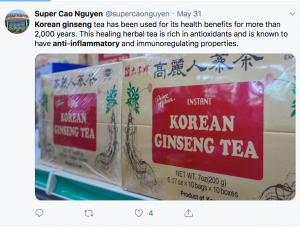
Another Korean ingredient used in tea that’s growing in our Non-Alcoholic Beverage datasets is Butterfly Pea – a herb that’s native to tropical equatorial Asia – ranking #46 of 1689* ingredients with +21% YOY growth.
Known for its luminous indigo colour, Butterfly Pea is packed with health-promoting antioxidants, flavonoids and peptides. Found in almost all fruits and vegetables, flavonoids are powerful antioxidants with anti-inflammatory and immune system benefits. So it’s no surprise that with consumers turning to anti-inflammatory diets, this tea is gathering momentum in the West.
Riding the Korean Wave
We dive further into the wave of Korean culture, or Hallyu, in our
Hallyu cross-category report. Here you’ll discover the growing and emerging Korean-inspired themes, ingredients and products to watch within Beverages and Snacking, as well as the Alcohol and Skincare space. It’s a must-read if you wish to exploit opportunities within this macro trend.
* The data in this blog is from Black Swan’s UK Snacking dataset, updated to 31st May 2019.

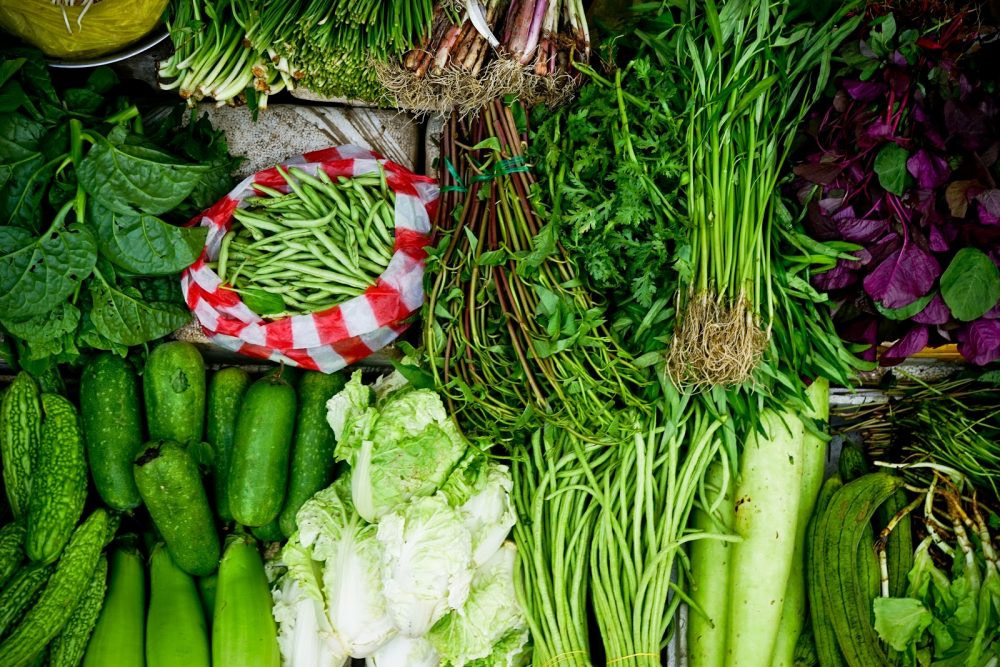



 2. Trending ingredients
Alongside the growth of the over-arching anti-inflammatory benefit is the rise of specific ingredients with strong anti-inflammatory functionalities. These are wide-ranging from fruits like berries, roots and spices such as turmeric and cinnamon to oily fish like mackerel.
Turmeric is a great example of a huge anti-inflammatory ingredient trend that hit the mainstream a few years ago and soon found its way in everything from coffees to cocktails. Among it’s many claimed benefits, turmeric includes a substance called curcumin which is said to both prevent and reduce joint inflammation contributing to the mega-trend that was turmeric.
2. Trending ingredients
Alongside the growth of the over-arching anti-inflammatory benefit is the rise of specific ingredients with strong anti-inflammatory functionalities. These are wide-ranging from fruits like berries, roots and spices such as turmeric and cinnamon to oily fish like mackerel.
Turmeric is a great example of a huge anti-inflammatory ingredient trend that hit the mainstream a few years ago and soon found its way in everything from coffees to cocktails. Among it’s many claimed benefits, turmeric includes a substance called curcumin which is said to both prevent and reduce joint inflammation contributing to the mega-trend that was turmeric.
 3. Rise of herbal supplements
3. Rise of herbal supplements
 Another Korean ingredient used in tea that’s growing in our Non-Alcoholic Beverage datasets is Butterfly Pea – a herb that’s native to tropical equatorial Asia – ranking #46 of 1689* ingredients with +21% YOY growth.
Known for its luminous indigo colour, Butterfly Pea is packed with health-promoting antioxidants, flavonoids and peptides. Found in almost all fruits and vegetables, flavonoids are powerful antioxidants with anti-inflammatory and immune system benefits. So it’s no surprise that with consumers turning to anti-inflammatory diets, this tea is gathering momentum in the West.
Another Korean ingredient used in tea that’s growing in our Non-Alcoholic Beverage datasets is Butterfly Pea – a herb that’s native to tropical equatorial Asia – ranking #46 of 1689* ingredients with +21% YOY growth.
Known for its luminous indigo colour, Butterfly Pea is packed with health-promoting antioxidants, flavonoids and peptides. Found in almost all fruits and vegetables, flavonoids are powerful antioxidants with anti-inflammatory and immune system benefits. So it’s no surprise that with consumers turning to anti-inflammatory diets, this tea is gathering momentum in the West.

